Here in Santa Rosa, Argentina, where I live, we still feel how the spring gets entangled with the last cold days… The flora is working full time and even night shifts, enhanced by the storms that try to imitate those of the summer that is yet to come. The wind, omnipresent, is vibrating through everything…
I walk down the street and see two butterflies dancing around each other, in a sincere sexuality; insects here and there get their antennas dirty by touching several hermaphrodite plants’ flowers, activating their reproduction.
I imagine the roots – it does not matter if they are from grass, bushes or trees– taking advantage of their entire water absorbing potential whenever the rain appears. Some roots are fungi friendly, and share a symbiotic relationship with them, giving energy to them in exchange for some specific nutrients.
Big trees release their seeds to the air, letting them off to chance… One of these trees is the Ulmus minor, commonly known as the elm. His fruits are a type called samara, in which a flattened wing of fibrous, papery tissue develops from the ovary wall. A samara is a simple dry fruit and indehiscent (not opening along a seam). The shape of a samara enables the wind to carry the seed farther away than regular seeds from the parent tree.
Hence, I wondered while I walked: how does that fruit open up? How does the seed come out? I grabbed 2 of them (from a mountain of 3000 which were piled up in a square meter of my path)… and tried to tear one apart, applied too much strength and broke it in two pieces… I was more careful with the other one, applying small cuts with my hands in order to see its seed with my own eyes.
Charles Darwin said: Nature will try and tell you a lie, if he can… And, certainly, what I did had NOTHING to do with Nature´s inventiveness. The only thing I needed to do was to observe, and Nature unveiled its mystery…
After the next rain, I went for a walk again, and it took me by surprise when I could see the seeds right there, with all the fruit’s tissue shattered, collapsed, fallen apart, dampened… The seeds only needed a little bit of rain for their tissue to absorb some water, weakening its strength, and given any tiny rubbing contact, opening in two easily for the seed to go out and continue in its chance journey.
And once again, WATER playing a KEY role in the proliferation of life… and us, according to some studies, eat 3496 liters of water per day; this is, taking into account the water drank by the truck driver, the water drank by the cows and the water absorbed by the plants which those same cows eat…
Here you can find an amazing work of art regarding information spreading. This website shows our water consumption and its impact. And, as always, change is within us. Or rather in our shopping bags when we buy our food.
Have a great week,
Brian Longstaff.-



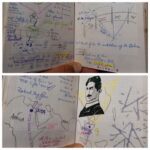



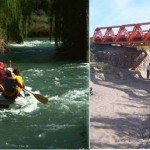


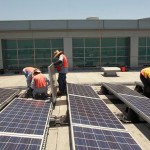
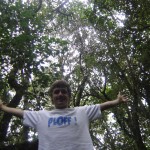


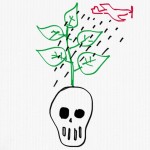


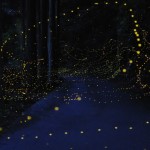


Leave a Comment